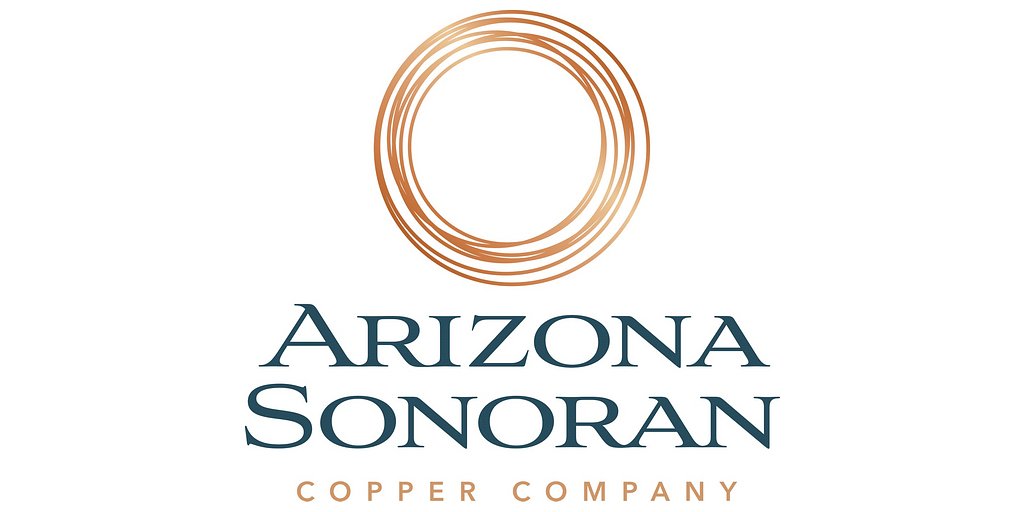
Arizona Sonoran Copper Project Signals Reshoring Boost for US Copper Supply
Positive PFS results for the Cactus Project highlight potential for low-cost production and a significant contribution to domestic copper supply amid growing demand for critical minerals.
Arizona Sonoran Copper Project Signals Reshoring Boost for US Copper Supply
PHOENIX, AZ – November 19, 2025 – Arizona Sonoran Copper Company (ASCU) today announced strong results from the Pre-Feasibility Study (PFS) for its Cactus Project, positioning the company as a potential key player in the reshoring of critical mineral supply chains. The PFS outlines a long-life, low-cost copper production operation with attractive economics, signaling a positive development for the U.S. copper industry and broader energy transition goals.
Project Economics and Strategic Importance
The Cactus Project, located on private land in southern Arizona, boasts a projected 29-year mine life with average annual copper cathode production of approximately 103,000 tonnes (226 million lbs) over the first 10 years. The PFS estimates an initial capital expenditure of $977 million, resulting in a post-tax Net Present Value (NPV8%) of $2.301 billion (at $4.25/lb copper) and an Internal Rate of Return (IRR) of 22.8%. With an estimated payback period of 5.3 years, the project presents a compelling economic case for investors.
“The results of this PFS confirm our belief that the Cactus Project has the potential to be a world-class copper operation,” stated a company representative. “In a market increasingly focused on secure and reliable supply chains, the Cactus Project will play a pivotal role in strengthening domestic copper production and reducing reliance on foreign sources.”
The project’s economic viability is further bolstered by its low estimated all-in sustaining costs (AISC), which, combined with the anticipated copper price environment, suggests a potentially profitable operation even in fluctuating market conditions. This low-cost profile positions the company to compete effectively against larger, established copper producers.
Competitive Landscape and Market Dynamics
The U.S. copper market is currently dominated by Freeport-McMoRan, but there’s growing interest in expanding domestic production to address supply chain vulnerabilities and meet the increasing demand driven by the energy transition. Rio Tinto and BHP, through their Resolution Copper joint venture, are also investing heavily in the U.S. market. The Cactus Project, with its anticipated production capacity, aims to capture a significant share of this growing market.
“The demand for copper is expected to surge in the coming years, driven by the electrification of transportation, the expansion of renewable energy infrastructure, and the growth of data centers,” explained an industry analyst. “Projects like Cactus are essential to ensure that the U.S. has a secure and reliable supply of this critical mineral.”
The entry of new, low-cost producers like ASCU could potentially impact the price of copper, but the overall market is expected to remain tight due to the lengthy development timelines for new projects and potential supply disruptions. Moreover, the focus on sustainable and responsible mining practices could also create a competitive advantage for companies committed to environmental and social responsibility.
Environmental and Social Considerations
ASCU emphasizes its commitment to responsible mining practices and community engagement. The project is located on private land, which could streamline the permitting process compared to projects on federal lands. The company’s PFS incorporates geotechnical and hydrogeological assessments, reflecting a proactive approach to environmental management.
“We are committed to operating in a sustainable and responsible manner,” noted a company spokesperson. “We are working closely with local communities and stakeholders to ensure that the Cactus Project benefits all parties involved.”
However, mining operations inevitably have environmental and social impacts. Effective water management, responsible waste disposal, and ongoing community engagement are essential to mitigate these impacts and ensure that the project is developed in a sustainable and equitable manner. Arizona’s mining landscape is mature, and local communities have increasingly sophisticated expectations of operators, demanding transparency and collaboration.
Financing and Future Outlook
ASCU is actively pursuing project financing, with a final investment decision anticipated following the completion of a Definitive Feasibility Study (DFS) in 2026. The company’s strong PFS results and positive market outlook are expected to attract investor interest. “The project's attractive economics and strategic importance make it a compelling investment opportunity,” stated a financial analyst familiar with the company. “We anticipate significant investor demand.”
The current environment is favorable for critical minerals projects, with governments and investors increasingly focused on securing domestic supply chains. The company’s commitment to low-cost production and sustainable mining practices could further enhance its appeal to investors seeking long-term value. The success of the Cactus Project hinges on securing the necessary funding and successfully navigating the permitting process. However, if all goes according to plan, the project could become a significant contributor to the U.S. copper industry and a key driver of economic growth in Arizona.
📝 This article is still being updated
Are you a relevant expert who could contribute your opinion or insights to this article? We'd love to hear from you. We will give you full credit for your contribution.
Contribute Your Expertise →